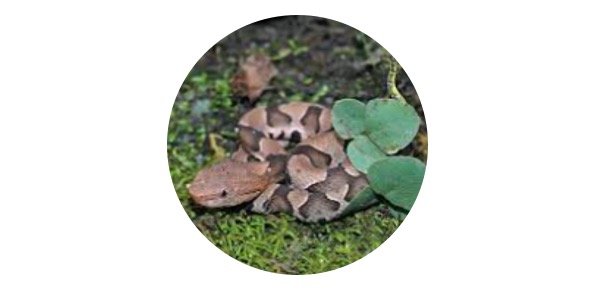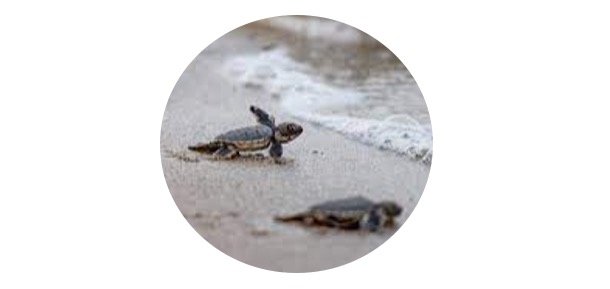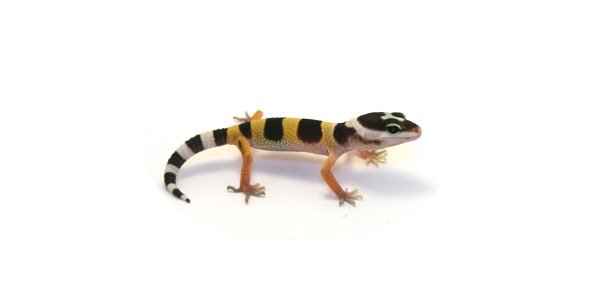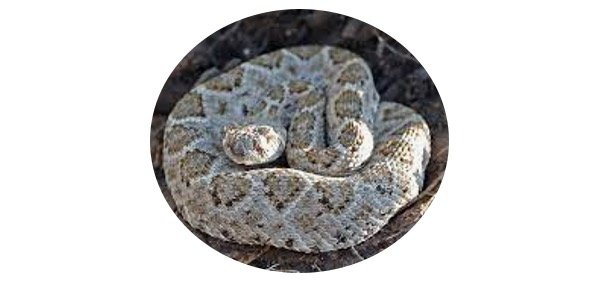Baby Axolotl: Description, Feeding, Images, & Facts
Table of Contents
Baby Axolotl: All You Need To Know
They have some specific tank and water needs that you are required to know before you start to raise them. It may be a bit of a challenge for beginners to raise them.
If you have no prior experience with axolotls, please read axolotl care guides that will aid you in raising baby axolotl. This will also guide you on how to care for their eggs and rear the young ones.
How Do Axolotls Breed?
They mate in early spring and late winter and there is a mating dance involved where the male leads the female to expose their cloaca so that she can uptake spermatophores that are sperm packets.
They depict the process of indirect fertilization. After fertilization, the females lay eggs within 12 to 72 hours as their gestation is not long. At a time, they can lay up to 1000 eggs.
The eggs should be moved to different containers from the adults as they may try to consume them. The adults can remain within the tanks as the eggs can be separated into different containers.
The eggs are usually attached to a substratum-like rock with their sticky jelly outer layer. You need to be careful as you detach them from the substratum and can simply use your fingernails to slice them out.
You need not worry as multiple layers of jelly are present that envelope the eggs and also they are not easily crushed.
If eggs are laid on plants, then they can be easily removed from the tank by removing the plants to which they are attached and placing them in a new container. The temperature of the water influences their hatching time.
Be sure to maintain the temperature in the breeding tank or the container depending on where you are keeping them.
They usually take 15 to 21 days to hatch if the water temperature is around 21 degrees Celsius.
After the baby axolotls hatch successfully you will need to find some feed for them that correlates with their size.
What to Do When the Eggs Hatch?
They won’t require food initially as they can feed and derive their nourishment from the yolk. They will start feeding on food once their yolk reserve is finished. This occurs in about 48 to 72 hours and at this stage, they are ready to take live food.
The eggs may remain in the same breeding tank for some time, but then they need to be separated into an aquarium with a 20-gallon capacity for 100 hatchlings.
As these hatchlings will grow you will be required to rehabilitate them into other containers. This will not only prevent the spread of diseases but also juvenile cannibalism.
In the next section, information regarding their tank requirements and what to feed them as they transition to adults are given.
Baby Axolotl Tank Set-Up
It is essential that their tanks are set according to their requirements and conditions favorable to them are maintained. They are sensitive to changes in parameters like temperature that can impact their development. Thus it is critical to monitor these conditions.
Baby Axolotl Tank Size
As a hatchling, the axolotls can be kept together but they would need to be separated into different tanks when they start to grow.
Their nourishment levels should be taken care of otherwise they may turn to cannibalism to meet their needs. Only a few of them should be grouped together in a container and it is preferable to use a glass container instead of a plastic one.
These cannibalistic tendencies start to emerge after the first weeks when they are about 2 cm in length and their front legs also start to develop.
The axolotl hatchlings do not develop equally so, it is recommended to segregate them according to their size rather than their age. This can also increase their survival rate.
You can start segregating them when they reach 2 cm in length. This separation should occur based on their size and is critical at this moment as they may become cannibalistic.
The cannibalistic young ones often snap at anything that they perceive as moving. This causes great damage and decreases the survival rate of other young axolotls. This can be observed in the tank if you see if some axolotls missing some limbs or gills.
This can be avoided by keeping them well-fed and keeping only a few of them together in a tank and segregating them based on their size.
A tank size of 15 to 20 gallons is recommended for adult axolotls as this size of the tank can support juvenile and other multiple adult larvae.
But as the juvenile grow they will need to be removed and rehomed to other aquariums. It is preferred to keep them single if possible until they transition to adult.
Their cannibalistic tendencies can also be minimized if minimal lighting is maintained within a heavily planted tank. Keeping them well-nourished also keeps these tendencies at bay.
Water Temperature
In the case of adult axolotls, a water temperature of about 16 and 18 degrees Celsius is ideal, while they can also tolerate a range of 15-23 °C. But the juvenile axolotls and eggs will need warmer temperatures that increase their metabolism and help them to grow faster.
So, for them a temperature of between 18-20°C should be maintained. Any fluctuations from this range can incline the risk of infection and will also induce stress in them.
Substrate
Substrate selection is crucial in the case of amphibians like axolotl. Sand is preferred over gravel for axolotl tanks or aquariums. As gravel can cause impaction as axolotls suck water for feeding.
But in the case of baby axolotls, sand is harmful. Hence, it is best not to add any substrate in the tank till they reach a length of a minimum of 5 inches.
Once they reach this size, other substrates like sand can be added. If you want you can choose not to add any substrate and keep the bottom of the tank better.
But adding sand has some advantages like it enhances traction, lowers their stress levels, and aids them in moving around.
Aquarium Filter
Few alterations should be made in water per week when they are in the larval stage. It is better to monitor their parameters and then adjust the parameters accordingly.
To decrease the fluctuations you can employ bio-foam filters, while these can be used in tanks where larvae are kept they are not recommended for the adult stage as they can get sucked up.
Canister filters or hang-on back filters can also be employed by experienced aquarists in the case of large aquariums. The inlet of the filter should be tweaked to prevent sucking up larvae.
Some utilize a spray bar or other similar methods for dispersion of outflow current, this induces stress in larval forms.
Other Water Parameters
Besides water temperature, other important parameters include water pH and water hardness. A pH range of 6.5 to 8 is tolerated by axolotls, while their ideal pH is between 7.4-7.6. They sustain in slightly hard water.
Baby Axolotl Feeding Requirements
The emerging hatchlings may not need food at the moment they hatch and remain motionless for some time. At this time they measure about 10 to 13 mm in size and depend on the yolk for their food and thus, don’t require food at this moment.
What to Feed Baby Axolotls?
After about 48 to 72 hours their yolk reserves may run out. They can be fed at this time by live foods of smaller size. They have smallmouth openings and themselves are tiny.
Baby axolotls usually want only live food till they grow in size to be under an inch and won’t pay much attention to motionless food. Other foods can be introduced when they grow.
They sense motion to detect the food and thus only perceive live things as food during their initial larval stage. If no live food is given they may starve and ultimately die. As they grow, they develop a sense of smell and employ it to detect food.
At this time dead food sources can be introduced. During the larval stages, the cannibalistic tendencies have not started yet so if they don’t get live food they may ultimately get starved as they don’t have any other source to depend on.
The size of these live foods is also important. You can feed newly hatched brine shrimp babies and Daphnia. Microworms can also be given at this stage, though they not be preferred by the axolotls. If you find it difficult to find a continuous supply of daphnia or brine shrimp hatchlings.
You can try culturing them at your own home. You will need to start different cultures at different time intervals so that supply of freshly hatched hatchlings can be maintained.
Cultures may be preferred by several aquarists as the quality of these feeds can be maintained. Live foods can also introduce the risk of diseases in aquariums.
You can also make your cultures using brine shrimp culture kits available commercially. Axolotls have a preference for some foods.
Not all axolotls enjoy a particular food so it is advised to introduce a variety of foods so that all larvae may be well fed.
Another significant thing to note is that they are carnivorous and require a meat-based diet through their adulthood. Axolotls in their adulthood feed on a mix of dead or live meaty foods.
Young ones prefer live foods that help them to develop their hunting skills. As adults, they detect their prey using their sense of smell and may also feed on dead meat.
Their potential food source is earthworms that should be obtained from organic gardens where chemicals like fertilizers are not utilized. If you have space in your garden you can raise them yourself.
Other sources of nutrition are frozen tubifex, bloodworms, and blackworms. You can set their cultures or obtain them from fish-free waters so that they may be parasitic-free and may not introduce any disease to axolotls.
Vitamin fortified high protein pellets especially the soft-variety can be fed to axolotls. For instance, salmon feed pellets that sink well and do not float are preferred by axolotls.
How Often Should You Feed Baby Axolotls?
They can be fed once or twice every day as they are still developing. When they become adults they can be fed once in 2-3 days.










